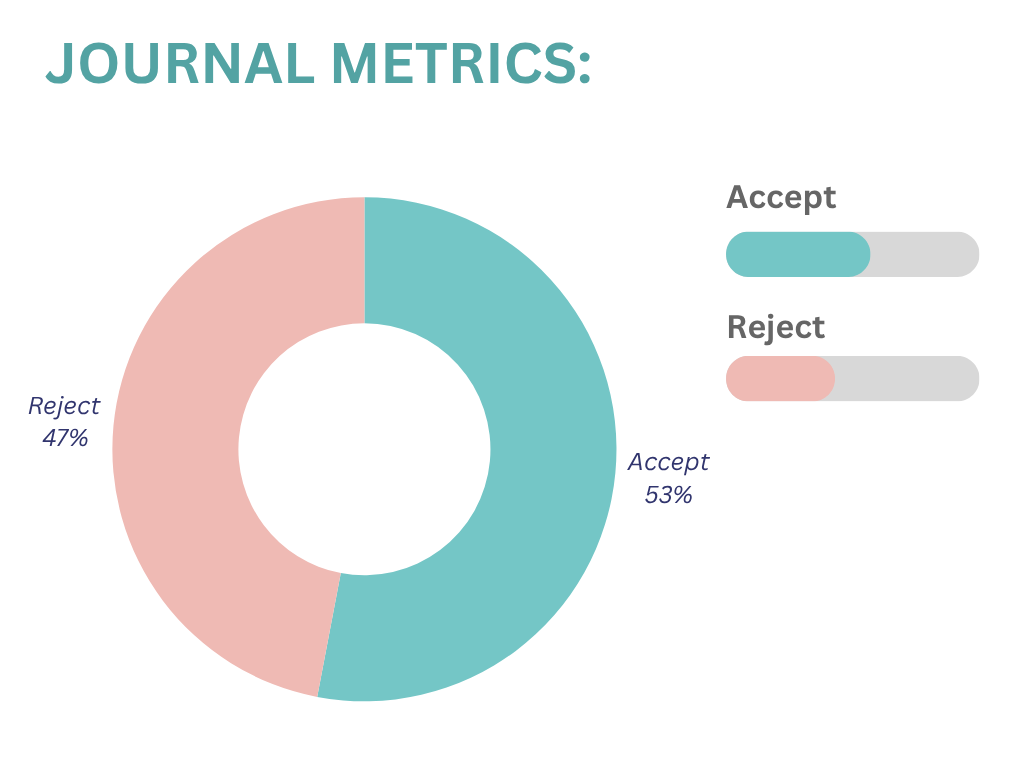AI-powered IoT solutions for sustainable water management in cities
Abstract
Water management is one of the most important subjects in most international conferences. Water collection and recycling are the primary prerequisites for meeting the impending need for water, a widespread water problem worldwide. More focus on water management strategies used in various application areas is necessary to accomplish this. Implementing intelligent water management mechanisms is vital for efficient distribution, conservation, and upholding water quality standards for various uses while considering the population density index. A few key application areas that are necessary for effective water management are covered in the assigned assignment. These are current developments in water distribution, rainwater collection, irrigation management, wastewater recycling, and using different Artificial Intelligence (AI) models.
Additionally, the data collected for these applications varies by type and is unique. Therefore, it is imperative to employ a model or algorithm that can be used to produce solutions for each of these applications. The Internet of Things (IoT) framework, in conjunction with AI and Deep Learning (DL) approaches, can help create a smart water management system for sustainable water utilization from natural resources. This study examines several water management strategies and develops a practical framework for water management by utilizing AI/DL, the IoT network, case studies, and sample statistical analysis.
Keywords:
Water management, Smart cities, Internet of things, Water management strategiesReferences
- [1] Byeon, S., Choi, G., Maeng, S., & Gourbesville, P. (2015). Sustainable water distribution strategy with smart water grid. Sustainability, 7(4), 4240–4259. https://doi.org/10.3390/su7044240
- [2] Manu, D. S., & Thalla, A. K. (2017). Artificial intelligence models for predicting the performance of biological wastewater treatment plant in the removal of Kjeldahl Nitrogen from wastewater. Applied water science, 7(7), 3783–3791. https://doi.org/10.1007/s13201-017-0526-4
- [3] Verma, P., Kumar, A., Rathod, N., Jain, P., Mallikarjun, S., Subramanian, R., … & Sundaresan, R. (2015). Towards an IoT based water management system for a campus. 2015 IEEE 1st international smart cities conference, ISC2 2015 (pp. 1–6). IEEE. https://doi.org/ 10.1109/ISC2.2015.7366152
- [4] Vermesan, O., & Friess, P. (2013). Internet of things: Converging technologies for smart environments and integrated ecosystems. River publishers. https://www.amazon.com/Internet-Things-Technologies-Environments-Communications/dp/8792982735
- [5] Ramesh, M., Mohan, R., Kumar, M. N., Brahmanandan, D., Prakash, C., Lalith, P., … & Ramkrishnan, R. (2016). Micro water distribution networks: A participatory method of sustainable water distribution in rural communities. 2016 IEEE global humanitarian technology conference (GHTC) (pp. 797–804). IEEE. https://doi.org/10.1109/GHTC.2016.7857369
- [6] Vijai, P., & Sivakumar, P. B. (2016). Design of IoT systems and analytics in the context of smart city initiatives in India. Procedia computer science, 92, 583–588. https://doi.org/10.1016/j.procs.2016.07.386
- [7] Viet, N. D., Jang, D., Yoon, Y., & Jang, A. (2022). Enhancement of membrane system performance using artificial intelligence technologies for sustainable water and wastewater treatment: A critical review. Critical reviews in environmental science and technology, 52(20), 3689–3719. https://doi.org/10.1080/10643389.2021.1940031
- [8] Mahmoud, A. S., Farag, R. S., & Elshfai, M. M. (2020). Reduction of organic matter from municipal wastewater at low cost using green synthesis nano iron extracted from black tea: Artificial intelligence with regression analysis. Egyptian journal of petroleum, 29(1), 9–20. https://doi.org/10.1016/j.ejpe.2019.09.001
- [9] Kamali, M., Appels, L., Yu, X., Aminabhavi, T. M., & Dewil, R. (2021). Artificial intelligence as a sustainable tool in wastewater treatment using membrane bioreactors. Chemical engineering journal, 417, 128070. https://doi.org/10.1016/j.cej.2020.128070
- [10] Zanella, A., Bui, N., Castellani, A., Vangelista, L., & Zorzi, M. (2014). Internet of things for smart cities. IEEE internet of things journal, 1(1), 22–32. https://doi.org/10.1109/JIOT.2014.2306328
- [11] Gubbi, J., Buyya, R., Marusic, S., & Palaniswami, M. (2013). Internet of things (IoT): A vision, architectural elements, and future directions. Future generation computer systems, 29(7), 1645–1660. https://doi.org/10.1016/j.future.2013.01.010
- [12] Mohapatra, H., & Rath, A. K. (2019). Detection and avoidance of water loss through municipality taps in India by using smart taps and ICT. IET wireless sensor systems, 9(6), 447–457. https://doi.org/10.1049/iet-wss.2019.0081
- [13] Mahmoud, M. S., & Mahmoud, A. S. (2021). Wastewater treatment using nano bimetallic iron/copper, adsorption isotherm, kinetic studies, and artificial intelligence neural networks. Emergent materials, 4, 1455–1463. https://doi.org/10.1007/s42247-021-00253-y
- [14] Jenny, H., Garcia Alonso, E., Wang, Y., & Minguez, R. (2020). Using artificial intelligence for smart water management systems. Adb briefs, 4(100), 1–7. https://www.adb.org/sites/default/files/publication/614891/artificial-intelligence-smart-water-management-systems.pdf
- [15] Soltani, S. R. K., Mostafaeipour, A., Almutairi, K., Dehshiri, S. J. H., Dehshiri, S. S. H., & Techato, K. (2022). Predicting effect of floating photovoltaic power plant on water loss through surface evaporation for wastewater pond using artificial intelligence: A case study. Sustainable energy technologies and assessments, 50, 101849. https://doi.org/10.1016/j.seta.2021.101849
- [16] Alam, G., Ihsanullah, I., Naushad, M., & Sillanpää, M. (2022). Applications of artificial intelligence in water treatment for optimization and automation of adsorption processes: Recent advances and prospects. Chemical engineering journal, 427, 130011. https://doi.org/10.1016/j.cej.2021.130011
- [17] Panda, H., Mohapatra, H., & Rath, A. K. (2020). WSN-based water channelization: an approach of smart water. Lecture notes in civil engineering (Vol. 58, pp. 157–166). Springer. https://doi.org/10.1007/978-981-15-2545-2_15
- [18] Nasser, A. A., Rashad, M. Z., & Hussein, S. E. (2020). A two-layer water demand prediction system in urban areas based on micro-services and LSTM neural networks. IEEE access, 8, 147647–147661. https://doi.org/10.1109/ACCESS.2020.3015655


